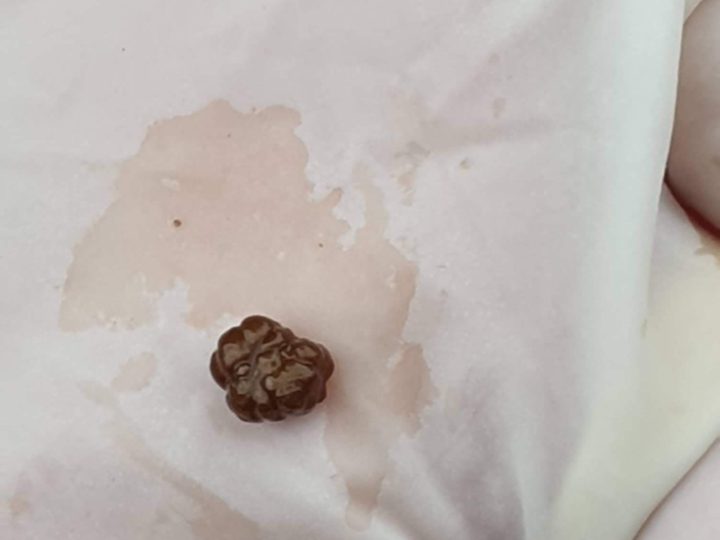For us North Islanders the calving season has officially started, and along with it comes the challenge of trying to calve those complicated cows that are not always so straight forward. During the birth process, most baby farm animals (calves, sheep, goats, alpacas) should present with two front feet and a head first. As vets, we see all sorts of abnormal and weird presentations, and sometimes the baby is just physically too big to come out. We call this condition foetal oversize.
In cattle, the only option in such a scenario is to do a caesarean so that we can maximise the chance of delivering a live calf. So how do you know if a caesarean is required?
- If you have decided to intervene and are trying to help calve your cow and are not making any progress in 20 minutes then CALL YOUR VET!
- If you are pulling on both of the front legs and the legs start to cross over themselves as you pull that that is a general indication that the shoulders WILL NEVER fit through the pelvis and the baby is too big.
Good facilities are absolutely crucial to enable your vet to perform this procedure efficiently, safely and in the most sterile way possible. Facilities should contain a head bail (to restrain the head of the cow) and ideally should have a gate on the left side of the crush that can be opened right up. Caesareans are always done on the left side of the animal. The chance of the cow conceiving again after a caesarean has been been performed is surprisingly high at 72% in dairy animals and 91% in beef animals.
Our case of the day is Lucy, a beautiful Highland cow that required a caesarean. She is doing great after her caesarean and her enormous baby Molly is loving life!




